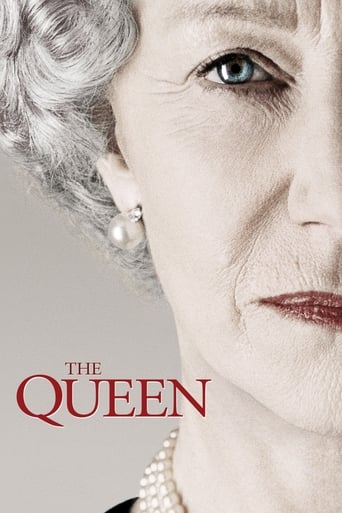Lust for Life (1956)
An intense and imaginative artist, revered Dutch painter Vincent van Gogh possesses undeniable talent, but he is plagued by mental problems and frustrations with failure. Supported by his brother, Theo, the tormented Van Gogh eventually leaves Holland for France, where he meets volatile fellow painter Paul Gauguin and struggles to find greater inspiration.
Watch Trailer
Cast


Similar titles
Reviews
(*Favourite movie quote*) - "The pictures come to me as in a dream."The agony of one man's life.... Vincent Van Gogh painted the way other men breathe.After Rembrandt, Van Gogh is considered to be the greatest of all the Dutch painters. His obsession with painting, combined with serious mental illness, propelled him through a life full of failures and unrewarding relationships.Throughout his life, Van Gogh managed to earn some respect from his fellow painters, especially that of Paul Gauguin, but he never, ever got along with any of these men. Surprisingly enough, in his entire lifetime Van Gogh only managed to sell just one of his paintings.Released in 1956 - "Lust For Life" is a really fine movie-production. Many of the locations used for filming were actual places that Van Gogh had visited during his short life. Actor, Kirk Douglas puts in a dynamite performance as the archetypical tortured artist-genius.
The life of Van Gogh in glamorous Metro-color. The film is quite simply magnificent. Everything is fantastic , from the performances to the cinematography. Kirk Douglas' performance is what carries the film , his charisma and brilliant use of physical acting help convey the conflicting and tormenting emotions and desires felt by Van Gogh. The colour scheme for the film is very clever since it almost parallels the colours and shades in Van Gogh's paintings. The rest of the cast produce great acting that matches the dramatic tones and beauty of the film. A classic from Hollywood and one of the most beautiful and thought provoking films ever made.
Lust for Life (1956)A huge, idealized, widescreen, full color homage to the great Dutch artist. Kirk Douglas is really good in a role that is pretty impossible--who knows what Van Gogh was really like? And director Vincente Minnelli makes it beautiful, paces it well, and knows an epic story built around one man when he sees it.But be sure to know this is a sanitized and idealized version of the artist, and his friends. Gauguin isn't chasing 13 year old girls here, and van Gogh's madness is shown as a kind of fervor for truth and goodness. Maybe so. This is easily and fairly compared to the more recent and more gritty "Vincent & Theo" and as much as the newer one is better in its "realism" this version has a kind of drama and Hollywood gloss that's more pleasant than I expected. Minnelli is an amazing director at his best (like "The Bad and the Beautiful") and you can feel a visual, lyrical sense here that counteracts some of the sanitizing of the facts.And some of the truth comes through, as well--Van Gogh's cutting off his ear, his maniacal need to paint, his isolation due to his odd personality. Douglas is terrific overall, even looking a little like the artist. This version includes an important and often neglected part of Van Gogh's life, the years where he tried to be a Christian preacher before turning fully to art. It's a little over simplified, but it's an important part of understanding two things. First, his deep and unexplained need to do good, to work hard, to aim high. Second, the devotion and generosity of his brother (Theo) through it all.And then there are the paintings, which take center stage by the end. Appropriately. It's always a little odd when a movie about an artist ignores his art (as in the strained "Modigliani," for one). Here we get the artist as a man, but also the artist as the artist, which is the reason the film was made in the first place. In the end this is an unexciting but never bad movie. That's condemning with faint praise, I know, but you can predict whether you'd like a more conventional film like this one or one that pushes a little more realistically and frankly awkwardly into the man's world in "Vincent & Theo." Watch them both!
The brightness of the sunflowers, a masterpiece by Van Gogh. Unfortunately, his life wasn't anywhere as bright. Emotionally conflicted in a life where he felt he could not achieve, Van Gogh was certainly doomed as a man of tragedy.Such is the material that Kirk Douglas had to work with in portraying this master painter. Douglas turned in a riveting, memorable, totally brilliant performance and in this writer's estimation, he was totally robbed of the Academy Award for best actor in 1956. Yul Brynner's win for "The King and I," was shocking to say the least. It was bad enough that Heston and Brynner were denied best actor nominations for "The 10 Commandments" that year, but Douglas losing brought a bitter taste to a film goer's mouth.On the other hand, Anthony Quinn was the surprising winner for best supporting actor in his brief stint as the selfish Paul Gaugin.(Robert Stack-"Written on the Wind!")You feel the pain that Douglas portrayed in this film. It will be etched in our memories for ever. A crowning achievement of epic proportions. They don't get much better than this.

















